Digital Transitions
Celebrating 20 Years of Digitization Excellence
From the day DT was founded in 2003, our mission has been to bring together an integrated collective of experts in engineering, photography, collections care, and art history—as well as a passionate in-house R&D staff and a world-renowned support team—to ensure our cultural heritage material is preserved with the highest possible quality and safety.
For over two decades DT has been relied upon by the most discerning institutions in the world. By partnering with our customers to understand their unique challenges, we’ve been able to innovate the world’s most advanced digitization hardware, software, training, services and support. This includes guiding the procurement, set-up, use, and maintenance of custom digitization solutions, enabling organizations and individuals around the globe to preserve valuable heritage assets.
Today we continue our mission of being custodians of cultural heritage as enthusiastic members of the ISO digitization committee (TC42). And both present at industry conferences as well as host our own round table events to bring academics, practitioners, and technologists together to discuss the theory and practice of digitization.
We’d like to thank our wonderful clients for their continued loyalty over the past 20 years and the opportunity that partnering with them has provided DT and the heritage community overall. In recognizing the amazing work of our clients, we’ve created this timeline of milestones throughout our history – enjoy!
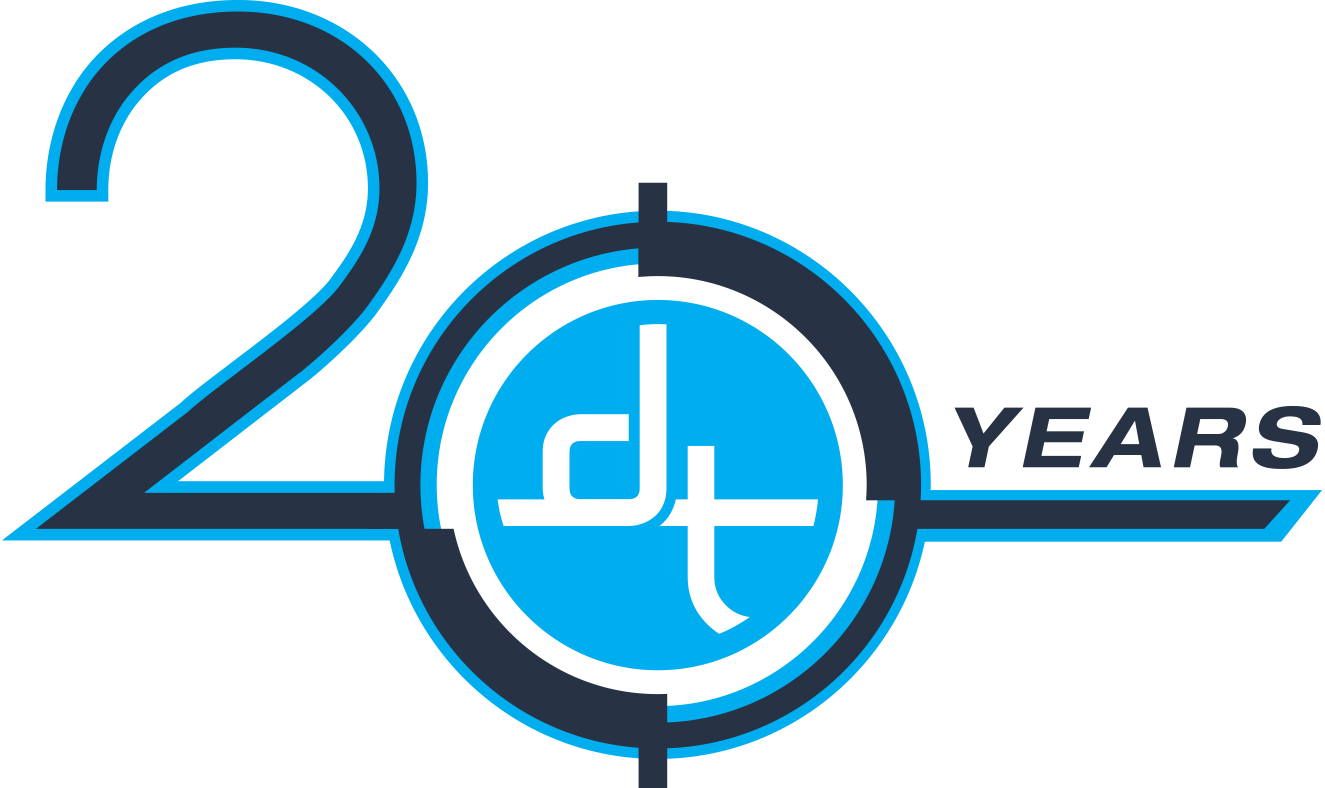
DT Through the Years
A Timeline of Our History

2003
Digital Transitions is founded to serve the high-end commercial photography market.
Mark Oster and Hernando Pineda founded Digital Transitions (DT) in 2003 with a mission to serve the high-end commercial photography market by providing the most sophisticated, best-performing still cameras available to photographers. The Phase One cameras sold through Digital Transitions were deployed extensively for product shoots, as well as for portraits, fashion shoots, nature-themed images, and more, serving the world’s most demanding photographers. Within a short period of time, Digital Transitions began selling related products and accessories from additional third-party vendors, including camera stands, lighting, and software. As Digital Transitions grew, the company would come to focus on best serving the market for these products through the creation of its DT Photo Division.
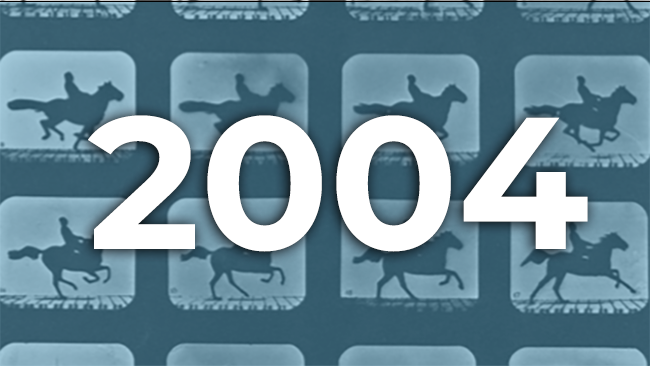
2004
Digital Transitions begins serving customers in cultural heritage.
Digital Transitions and Phase One cameras began catching the attention of photographers in the cultural heritage market – galleries, libraries, archives, and museums – who needed faster, highly specialized ways to capture high-resolution digital images of their physical heritage collections. To best serve the needs of cultural heritage customers, Digital Transitions integrated off-the-shelf cameras, lighting, stands, and software components into a camera system that could be customized specifically for heritage applications.
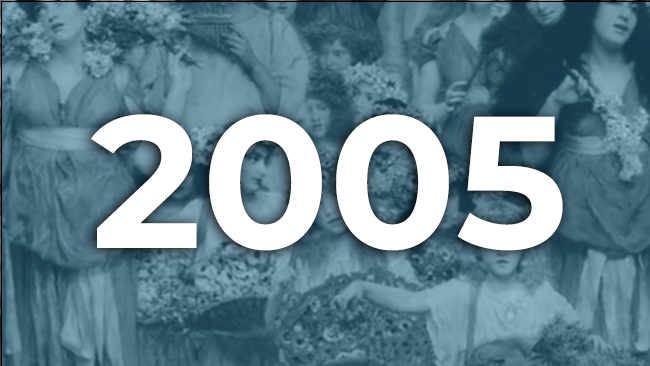
2005
Digital Transitions launches Cultural Heritage Division. Peter Siegel leads the effort to provide best-in-class solutions to cultural heritage customers.
To best serve the growing interest for Digital Transitions solutions by cultural heritage customers, Mark Oster launched a new Cultural Heritage Division, led by seasoned industry executive Peter Siegel. With more than 25 years leading digital imaging programs at some of the country’s most esteemed museums, Siegel was intimately familiar with the way cultural heritage photographers use scanners, cameras, copy stands, and other equipment — and the unique challenges they face.
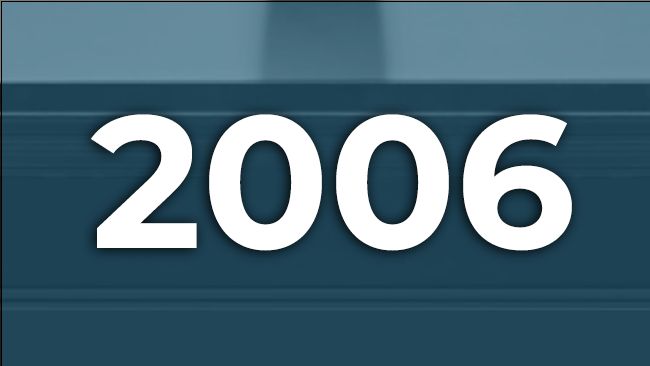
2006
Digital Transitions develops unique digitization solutions for cultural heritage.
An increasing number of cultural heritage institutions began switching from using legacy flatbed scanners for digitization to using digital cameras. Customers were keen to find camera systems designed specifically for use in museums, libraries, and archives, and Digital Transitions began designing and manufacturing its own solutions ideally suited to this need.
The resulting solutions would provide elegant instant capture workstations with myriad technical and workflow advantages specifically for museum, library, and archive imaging.
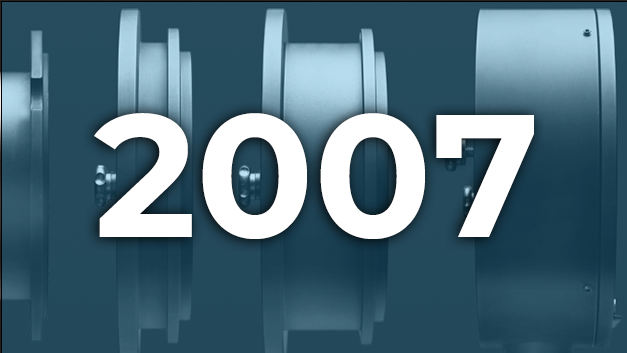
2007
Digital Transitions releases its first two dedicated cultural heritage products.
Among the company’s first offerings were a specialized camera stand and camera — both designed for efficiency and the exacting standards of cultural heritage digitization:
When photographing items in museums, libraries, and archives, precision is paramount and must allow the camera to be parallel to the work surface where the subject is mounted. To speak to this need, Digital Transitions’ Cultural Heritage Division designed and brought to market the RG3040, offering the accuracy and tolerances required for digital capture in the modern era.
Another first for Digital Transitions: a reimagined reprographic camera that offered a durable, modular, and future-proof solution that works equally as well when you point it down as when you point it out. Warrantied for one million captures, the DT RCam Camera could be easily upgraded if more resolution was required and quickly became the leading cultural heritage camera available for professionals in the cultural heritage space. With the success offered by the DT RCam Camera and other subsequent market firsts, Digital Transitions was quickly becoming a trusted provider of advanced cultural heritage technology solutions for galleries, libraries, archives, and museums.
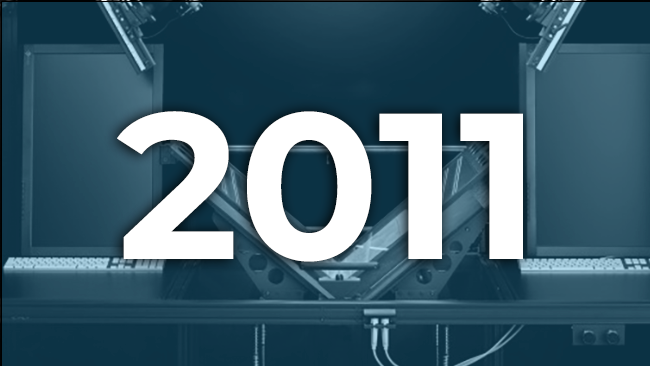
2011
Getty Museum commissions Digital Transitions to develop DT BC100 book copy system.
Digital Transitions was contacted by The Getty Museum which had a vast collection of fragile, oversized bound materials — atlases, folios, bank ledgers, large-scale drawings, etc. — that amounted to millions of individual pages. Operators required the capacity to move them through the digitization process efficiently — but most of all, safely — to preserve their integrity. To achieve this goal, the Getty Museum needed a camera system that was fast, produced preservation-grade image quality, could handle bigger books, and importantly, could handle them gently, with low wear and tear on the material and high control for the operators. No such system existed. Having researched multiple scenarios and solutions, the Getty Museum commissioned the experts at Digital Transitions to develop an advanced solution that would suit their needs. Within just a few months, Digital Transitions delivered a FADGI 4-compliant, 100-degree book copy system that allowed the Getty Museum to photograph books when they are partially open (100 degrees) as opposed to flat (180 degrees). The solution was also unique in its capacity to handle large, fragile books requiring fast workflow and high image quality. Available shortly thereafter, the BC100 became one of Digital Transitions’ most successful commercial offerings.
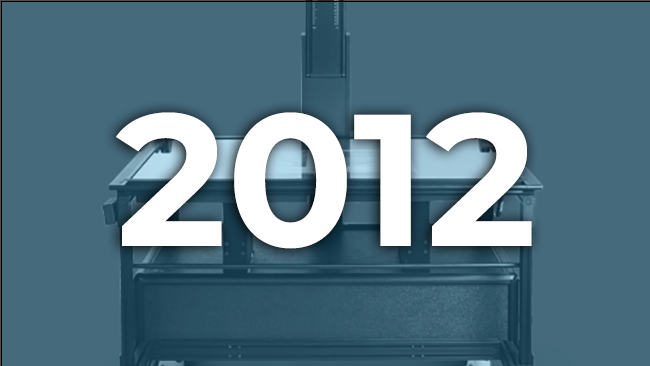
2012
Commission from the U.S. National Archives and Records Administration leads to the launch of DT RGC180. Digital Transitions and Phase One partner to provide world-class solutions to the global cultural heritage market
The U.S. National Archives and Records Administration needed to be able to capture large bound material at high quality safely and quickly. They also needed to capture other types of material (e.g., maps, correspondence, or photographic prints) without having to purchase a second, separate camera system. The National Archives asked Digital Transitions to design a FADGI 4-compliant system versatile enough to handle an array of different materials including bound books. Today the multipurpose DT RGC180 platform is a digitization staple for many heritage photographers and a worldwide flagship offering.
Digital Transitions and Phase One partner to provide world-class solutions to the global cultural heritage market
While both companies played pivotal roles in the cultural heritage market, it became clear that as partners, Digital Transitions and Phase One could offer a range of additional benefits for customers. So began an important partnership that has led to huge strides in cultural heritage digitization. Teaming with Phase One meant Digital Transitions customers could now benefit from significant expertise in imaging, image and lens technology, software, and some of the highest-quality capture devices available. The company was now also able to expand its reach as a Phase One cultural heritage value-added partner serving customers globally.
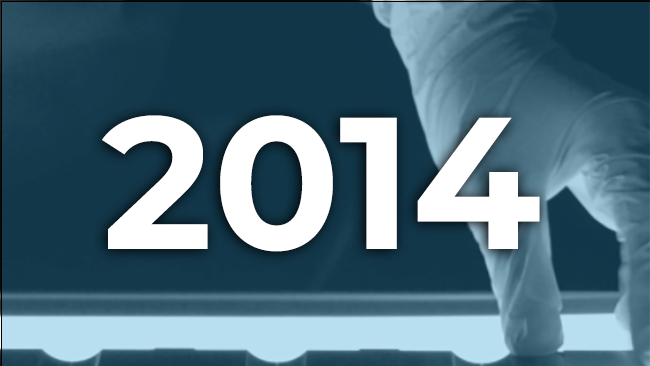
2014
Digital Transitions and Phase One create Capture One CH software to simplify and accelerate cultural heritage workflows. Digital Transitions releases the DT Film Scanning Kit
The partnership made it possible for Digital Transitions and Phase One to create workflow tools to empower cultural heritage photographers, whose work involves many tedious steps that are not automated and must meet rigorous standards. Capture One CH software helps simplify this painstaking work while following all the rules, procedures, and workflows that are customary in museum, library, and archive photography. Among its unique features, Capture One CH can automatically crop and deskew material from its background consistently and in bulk — thereby automating a common, time-consuming, and incredibly mundane manual task. (Digital Transitions customers report that automatic cropping can save them a full-time-equivalent salary!)
Digital Transitions releases the DT Film Scanning Kit
As film photography began to wane from commercial use, companies stopped making new film-scanning technology. But museums, libraries, and archives still had a considerable need for this service given the amount of film they had in storage. To support the scanning of the many large and valuable film collections sitting in archives around the world, Digital Transitions developed an accessory that allowed heritage scanning of film and other transmissive materials at a higher quality, but more importantly, 200 times faster than the legacy technology they had been forced to use before. And unlike legacy flatbed and film scanners, the Digital Transitions film scanning kit can scan film that’s in less-than-pristine condition. It’s also safer for the film because there are no automatic feeders to damage the material, and the equipment never makes physical contact with the emulsion.

2015
Introducing the DT Atom. Digital Transitions announces the world’s first color-accurate light source for cultural heritage digitization. New West Coast office.
To further support a growing and global customer base, Digital Transitions designed, developed, manufactured and brought to market what today is the extremely popular modular DT Atom platform. This tabletop digitization solution accommodates a variety of exchangeable work decks, each designed to handle a different kind of collection material safely and efficiently. This flexible platform offers the DT Film Scanning Top for digitizing film and transmissive materials; the DT V-Cradle for holding bound materials, such as books; the DT X-Slide Top for the stitched digitization of oversized material, such as maps; and the DT Sweep Top for digitizing small, three-dimensional objects.
Digital Transitions announces the world’s first color-accurate light source for cultural heritage digitization
In 2015, Digital Transitions announced the DT Photon and Photon XL the world’s first LED illuminates designed exclusively for color accuracy in cultural heritage digitization. These innovative solutions allowed Digital Transitions workstations to reproduce preservation-quality color more faithfully in conjunction with the company’s specially designed camera lens and software. The DT Photon has the closest correlation to natural sunlight on the market, with a CQS score of 98 (indicating the light’s spectral quality and its ability to capture precise color). No other such light source had ever achieved such a high CQS score.
New West Coast office
To better serve clients with operations on the West Coast, Digital Transitions opened a Los Angeles office. This location supports the operation and growth of the West Coast digital photography and digitization markets.
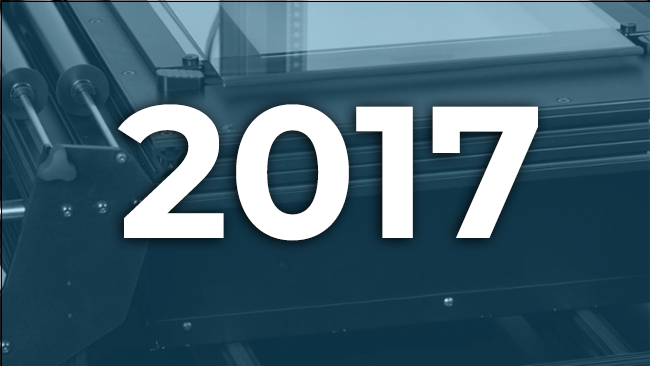
2017
Digital Transitions launches the DT Reel Film Top. Digital Transitions joins with Phase One to create the specialized iXG reprographic camera system
2017 brought with it the launch of the DT Reel Film Top. This innovative solution enables customers to handle nearly all reel film formats ranging from 8mm cinema to 10-inch aerial and including popular archival formats such as 16mm and 35mm microfilm. Offering this solution, Digital Transitions’ customers could significantly improve the quality of digitized material. In addition, the DT Reel Film Top uses a unique feed and gate mechanism that is suitable even for material in severely deteriorated physical condition or suffering from vinegar syndrome.
Digital Transitions joins with Phase One to create the specialized iXG reprographic camera system
The iXG is the first camera designed from the ground up for cultural heritage digitization, especially in a copy stand environment where the camera is pointing down. Cultural heritage photographers need cameras that work flawlessly in a downward orientation. The iXG removes all the quirks and annoyances, such as lens drift, that occur when you mount a general-purpose camera on a copy stand pointing down. And it does so better than any camera in the world. Notably, whereas most cameras are just a component, the iXG is a fully integrated part of a Digital Transitions digitization system, offering complete remote controllability, communication with the DT AutoColumn, and matching profiles for use with the DT Photon.
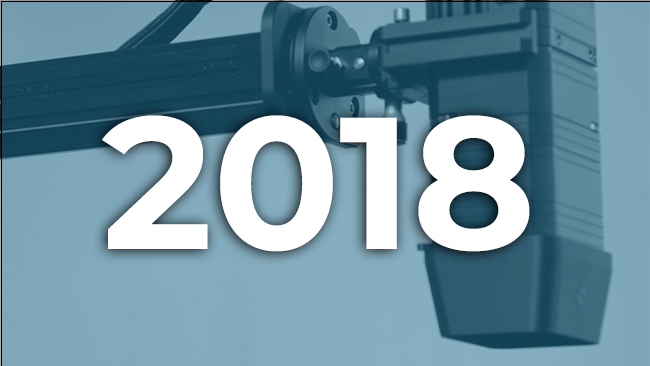
2018
DT releases the DT AutoColumn, the first ever “smart,” stand-alone copy stand column. Phase One immediately integrates this column into Capture One, closing the loop between the different components of a digitization system.
On a copy stand, it’s important to be able to move the camera up and down along a column to a specific distance to the object being digitized. This was often done manually through trial and error. With the DT AutoColumn, Digital Transitions integrated the camera movement with the software so that users can move it to a given position based on the PPI they’re trying to achieve. It’s much faster and more accurate than the manual, trial-and-error method. The AutoColumn can be purchased on its own, and is modular, allowing the user to attach cameras of different kinds and to upgrade over time. Soon after its release, Digital Transitions incorporated DT AutoColumn into its existing cultural heritage products: DT Element (formerly RG3040), DT Versa (formerly RGC 180), and DT Atom.
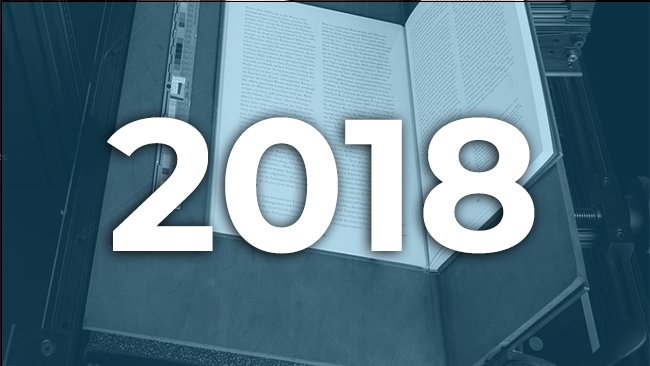
2018
Digital Transitions releases DT V-Cradle — the first stand-alone, lean-back book cradle — for rapidly imaging fragile and valuable bound material.
Existing book cradles were limited by the requirement that the page being photographed had to remain parallel to the table. The DT V-Cradle reclines the book so that the other page is not resisting gravity, safeguarding the material, and improving handling. A matching accessory, the DT Advanced Leveling Head, allows the operator to quickly adjust the camera to match that angle.
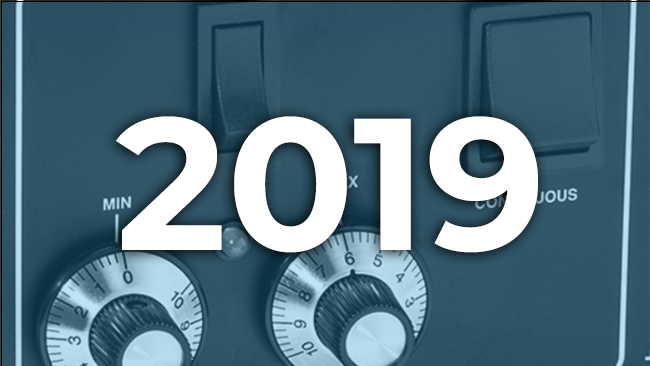
2019
Release of the DT Photon SmartController with AutoDim. Release of the DT Titan for oversized collections such as maps, posters, and textiles.
Release of the DT Photon SmartController with AutoDim.
An unavoidable part of the geometry of imaging is that if users are standing close to an object, then they are also standing in the path of the light that’s hitting the object. Doing that for several hours a day can cause eye fatigue from the bright lights. The SmartController’s AutoDim feature automatically dims the lights between captures and brings them up to maximum brightness for one second during capture.
Release of the DT Titan for oversized collections such as maps, posters, and textiles
With a total height of 131 inches (3.3 meters) and an expansive 40-inch by 60-inch work deck (approximately A0 size), the DT Titan is the largest commercially available copy stand.
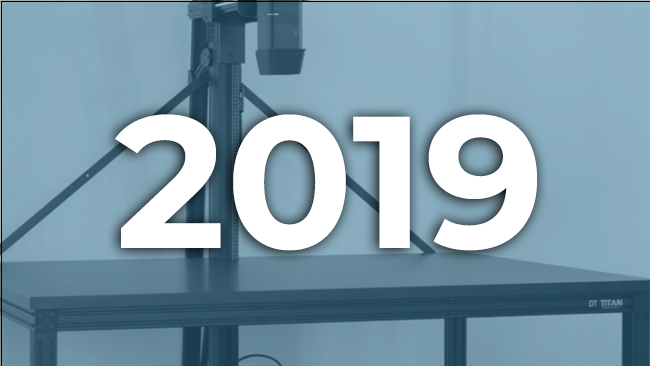
2019
Digital Transitions acquires DT Heritage. Forms new service division. New location opens in Chantilly, VA, to help cover the DC metro area
Digital Transitions acquires DT Heritage. Forms new service division
Digital Transitions grew steadfastly, becoming a global leading provider of the most advanced, high-quality digitization solutions available to the gallery, library, archives, and museum community, and leading the way in sharing the latest digitization techniques, knowledge, educational programs, and expertise with its communities. In 2019, the company expanded its mission to address the requirements of customers in need of scanning and digitization services. With the acquisition of DT Heritage, a respected and trusted name in digitization services for cultural and corporate heritage, Digital Transitions quickly became the go-to provider of choice for the country’s top-tier heritage institutions. The acquisition would also allow Digital Transitions to provide customers in the photographic community with large-scale film, print, and art digitization services. Digital Transitions’ new service expertise, combined with its flagship advanced hardware offerings, has since greatly deepened and reflected in the company’s next-generation workflow software, which leverages AI and a multivariate processing pipeline to deliver best-in-class optical character reading, metadata and deliverables.
New location opens in Chantilly, VA, to help cover the DC metro area
As a Digital Transitions division, DT Heritage was expanding quickly and needed a new home, so they relocated from a small office space in Florida to a generously sized facility in the DC suburbs. There, they built a state-of-the-art digitization facility featuring DT solutions and began serving a growing number of clients with off-site digitization.

2019
Digital Transitions Teams with History Factory
DT teams with History Factory
History Factory is an agency that helps organizations employ their most underused assets—their history and heritage—to enhance and transform strategy, brand positioning, marketing, and communications that drive measurable results. Digital Transitions’ division DT Heritage and History Factory uncovered clear synergies through History Factory’s desire to provide their client base with a better-quality imaging service, and DT Heritage’s desire to expand and service the commercial heritage space. Since then, we have provided History Factory clients with imaging excellence and expertise in advanced imaging technologies.

2019
Digital Transitions launches DT Digitization 101 course, DT Digitization 201 course and Digitization Guides
Digital Transitions launches DT Digitization 101 course, a brand-agnostic introduction to modern digitization
DT Digitization 101 fills a professional development need for people who are not familiar with camera-based capture, the modern way of doing digitization. It teaches them why the industry has switched from flatbed scanners and other legacy scanning technology to camera-based capture in a brand-agnostic way. They learn the terminology, the ecosystem, the rationale, and the basic workflow of using a camera to replace a flatbed scanner in cultural heritage. The course also helps guide people who aren’t doing the imaging themselves but are overseeing the budget or the strategic planning — explaining what camera-based capture does, why other institutions switched to it, and how to make the case for switching themselves. Such a comprehensive introductory course had never existed before, especially in a professional development sense. Less than a year after it launched, more than 800 people in the cultural heritage space had already taken the class.
Digital Transitions offers DT Digitization 201 course and Digitization Guides
In 2019 Digital Transitions announced the availability of its “DT Digitization Certification 201: Operator Training” course. An online, self-paced course covering the practical and theoretical knowledge required to work as a digitization operator at most heritage institutions that use modern camera-based digitization hardware, DT Digitization Certification 201 is a follow-on to “DT Digitization Certification 101: Introduction to Digitization”. Digitization 201 extends education and instruction beyond a theoretical overview, taking a deeper dive into the day-to-day operation of a system. At the same time, Digital Transitions created instructional material around camera-based digitization in the form of written Digitization Guides.

2020
Digital Transitions announces the iXH 150 system with iX 72mm Mk II lens. Digital Transitions and DT Heritage launch Project Lemonade for COVID-19 support
Digital Transitions announces the iXH 150 system with iX 72mm Mk II lens
The iXH reprographic system is an upgraded version of the iXG, the camera system Digital Transitions and Phase One built just for cultural heritage digitization. It has all the same exceptional features as the iXG, just more, better, and faster. The camera carries the Digital Transitions logo, alongside the Phase One logo, and is available exclusively from Digital Transitions in North America.
March 2020 — Digital Transitions and DT Heritage launch Project Lemonade for COVID-19 support
Digital Transitions created Project Lemonade to support clients faced with remote work because of COVID-19-related office closures and who had to contend with data and asset management tasks, which can be redundant. Digital Transitions sought to provide a space for this audience to communicate with and learn from one another. Through Project Lemonade, the company provided educational sessions, guest presentations, and roundtable discussions on COVID-related topics. At this time Digital Transitions also offered the online Digitization 101 class free of charge. Hundreds took the class during the lockdown, and thousands attended the Project Lemonade online programming. Eventually, Digital Transitions expanded Project Lemonade to include the DT Coding series and DT Roundtable discussions on adapting digitization in the age of social distancing. The company also converted the ever-popular Digitization 201 class to an online format in order to improve access.
In total, Digital Transitions held 39 virtual events during COVID.

2020
Digital Transitions and DT Heritage collaborate on software tools dedicated to the service market workflow and the PA ArCHER Grant.
Digital Transitions and DT Heritage collaborate on software tools dedicated to the service market workflow
The combination of Digital Transitions’ advanced technology and DT Heritage’s extensive real-world production experience produced DT PixelFlow, a software that automates and accelerates the post-processing components of a digitization workflow.
A key part of efficient digitization services is the level of automation available within the workflow. Many service providers use off-the-shelf products and perform most of the steps manually, which takes more time and leads to more mistakes. Digital Transitions uses DT PixelFlow to better automate workflows and make the process more efficient and less error prone. This translates to better value and quality for clients and allows Digital Transitions to offer services that are not possible in a manual workflow, such as OCR, object identification, face recognition, and landmark identification. All of these are possible because of AI (artificial intelligence), included within the software.
Digital Transitions and DT Heritage launch the PA ArCHER Grant
A lot of time and money goes into AI, but very little of it is going toward improving the experience of museums, libraries, and archives, especially in the digitization departments. This grant provides funding, equipment, and expertise to help institutions explore whether and how artificial intelligence technologies — such as machine learning, computer vision, and natural language processing — can assist them in describing and enriching their collections.
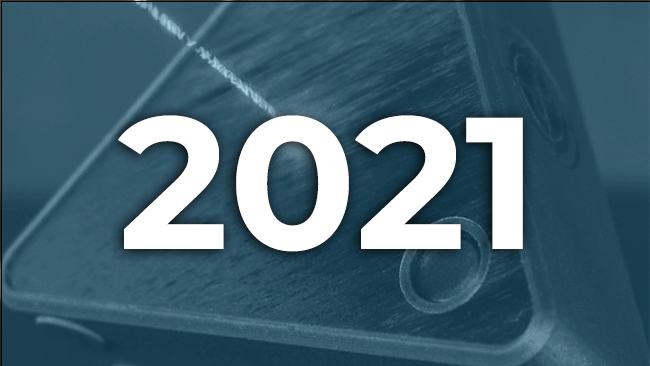
2021
Announcing DT LaserAlign
In 2021, Digital Transitions launched DT LaserAlign, a laser-based camera-positioning system built to the exacting standards required for heritage digitization applications. DT LaserAlign helps digitization-workstation operators in cultural and corporate heritage organizations ensure evenly sharp, high-quality images compliant with international imaging standards such as FADGI, ISO 19264, and Metamorfoze.
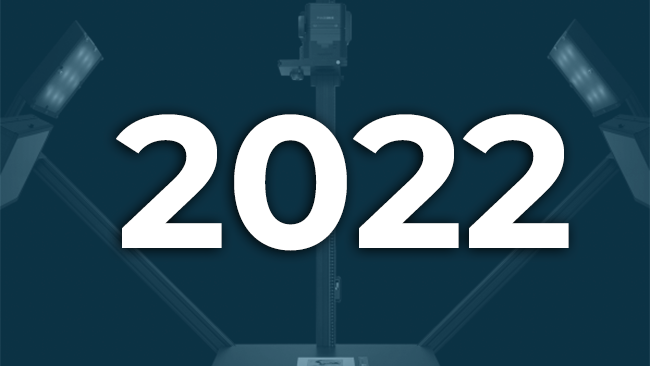
2022
Back to in-person events. DT Multi Spectral Solution serves heritage, conservation and forensic markets. Enhanced learning opportunities with Digitization 301 – ICC Profiles
Back to in-person events – Roundtable Spring 2022
Digital Transitions Heritage in-person Roundtables returned on May 17, 2022, with the first post-COVID online and in-person event in Los Angeles. Attendees came from a variety of disciplines, and institutions to see the latest digitization technology, learn best practices from experts, discuss workflow tips, and network with other heritage professionals.
DT Multi Spectral Solution serves heritage, conservation and forensic markets
In 2022, Digital Transitions embarked on a roadmap of integrated advanced multi-spectral solutions for the heritage, conservation and forensic markets; and as part of this journey, announced the Phase One Rainbow Multispectral 150-megapixel Solution, at the American Institute for Conservation (AIC) 50th Annual Meeting in Los Angeles
Enhanced learning opportunities with Digitization 301 – ICC Profiles
Digitization 301 – ICC Profiles enhances existing education and instruction opportunities offered by Digital Transitions and focuses at large on Custom ICC profiles, one of the most complex processes that can be experienced in Heritage Imaging. It is very important to understand the complete process, why Digital Transitions is creating these profiles, and how the company knows and confirms the profiles are accurate prior to baking them into an existing high-quality production workflow. It’s also a process prone to false confidence; dropping a target into a profiling software may well decrease your system’s color accuracy. This online course is a follow on to Digitization 101 and 201 courses – both offered online by Digital Transitions.
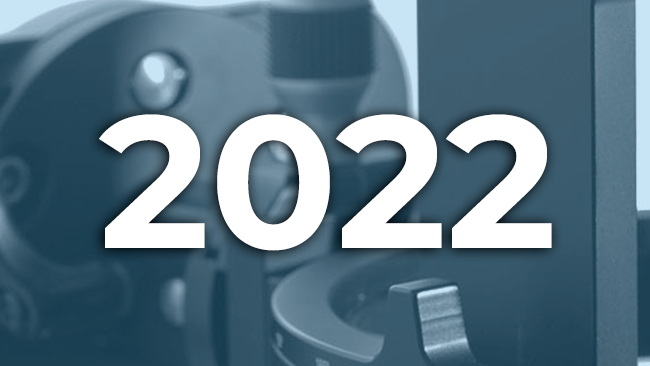
2022
DT Atom Glass Top makes its debut. Announcing the DT Transmissive Object Level Target. DT Launches DT Ring.
DT Atom Glass Top makes its debut
Continuing the line of modular solutions for the Atom, the Atom Glass Top is the ideal solution for medium to small-sized materials that need added considerations for material handling or are thicker than a single page. A near-neutral buoyancy hinge aids the operator in control and reduces physical fatigue.
Announcing the DT Transmissive Object Level Target
The DT Trans OLT launched as the world’s first transmissive object-level target for heritage digitization. Designed for automatic or manual QC, the DT Trans OLT is the only target that measures sharpness (SFR), resolution, tone curve including at high density, and flare.
DT Launches DT Ring
When the National Portrait Gallery started using photogrammetry to create 3D models of significant items in their collection, distortion mapping was tedious and prone to errors. This provided a perfect opportunity for Digital Transitions to innovate and alleviate the tedium. Dual mounting brackets secure the iX camera while detents ensure extreme accuracy for higher throughput and reduced margin of error.
What’s Next?
We hope to keep bringing advancements in knowledge, services, products, and solutions for another 20 years as we continue to build our community, share knowledge, and advance the science and engineering of digitizing our cultural heritage. Follow Digital Transitions on our social media channels for the latest heritage solutions, information, and events!
About DT Heritage
Ready To Learn More?
Get in-touch with our expert staff

